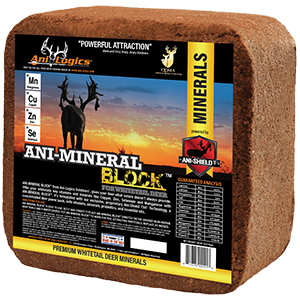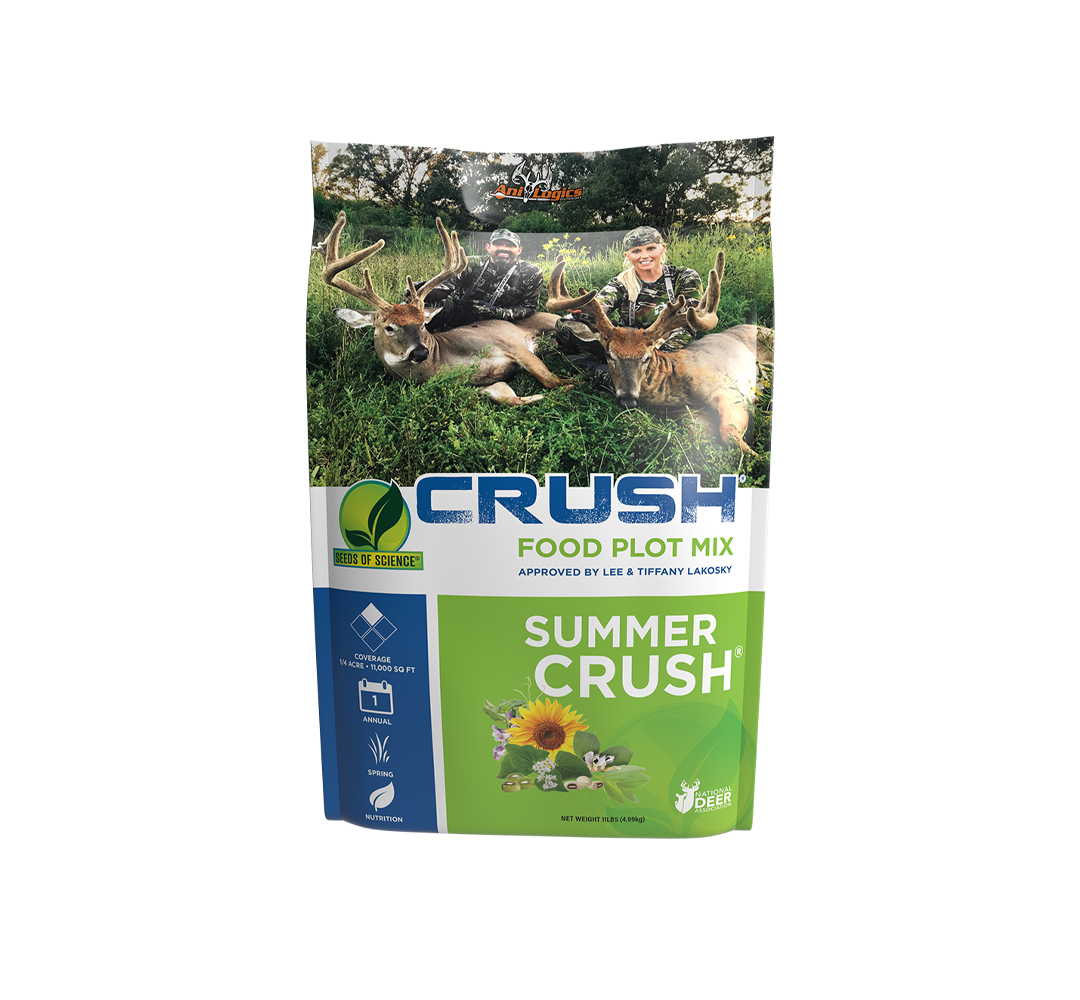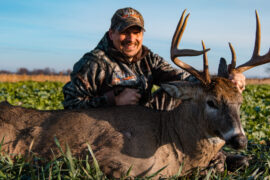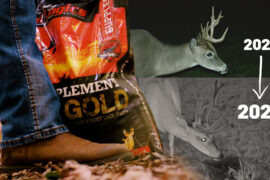Who is the Lucky Buck Out There?
The perception I hear from a lot of hunters is that the big, old bucks do all the breeding. The truth is, small young males get in on the action too. How do I know? I have researched the topic extensively and collected a vast dataset regarding which bucks were successful breeders among a population in central Alabama. This work was completed while attending Auburn University for my Master’s in Wildlife Science. I recently published an article in the Journal of Mammalogy on the subject of mate choice among white-tailed deer.
First off let me acknowledge that I did not conceive the idea for this study. My major professor, Dr. Steve Ditchkoff and his research associate, Chad Newbolt, were the engineers of this study. Check out Auburn’s DeerLab website here. My portion was a subset of data collected among many other great studies happening at Auburn’s Captive Facility (ACF for short). To give you some background on the study area, the ACF was constructed in 2007 and is 430-acres of typical central-Alabama habitat. The area is high-fenced so we could monitor individuals throughout their lifetime and not lose bucks to hunting mortality or relocation.
The individuals inside the ACF are wild, free ranging deer that were present at the time of construction. The herd was initially comprised of young bucks (oldest was 3.5) but by the time the study was complete in 2013, there were bucks as old as 8.5 years. We tried to capture every individual in the ACF in order to collect their DNA. If we have the DNA of both parents, we can collect the DNA of a fawn and determine which buck fathered that fawn using a computer program called CERVUS. It’s just like what you see on Maury Povich when he tells people “you ARE the father,” except we analyzed deer.
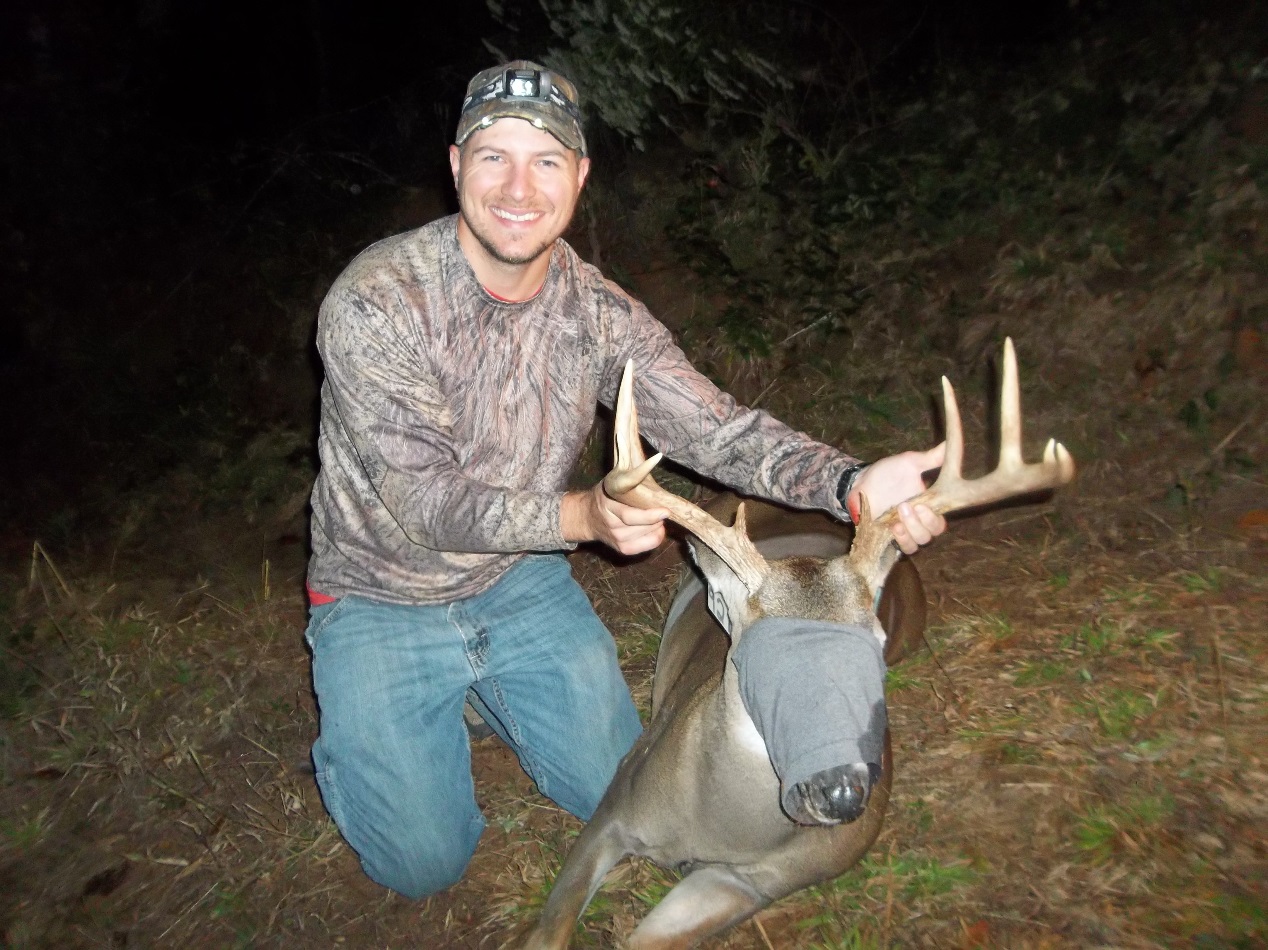
I captured adult deer using tranquilizer dart guns over feeding stations. I basically did a form of “catch-and-release” hunting. I collected fawns using transmitters attached to the does so when a fawn was born, it sent a radio signal that I could use to locate the birth site. I also used thermal imaging cameras to search for bedded fawns which were captured by hand.
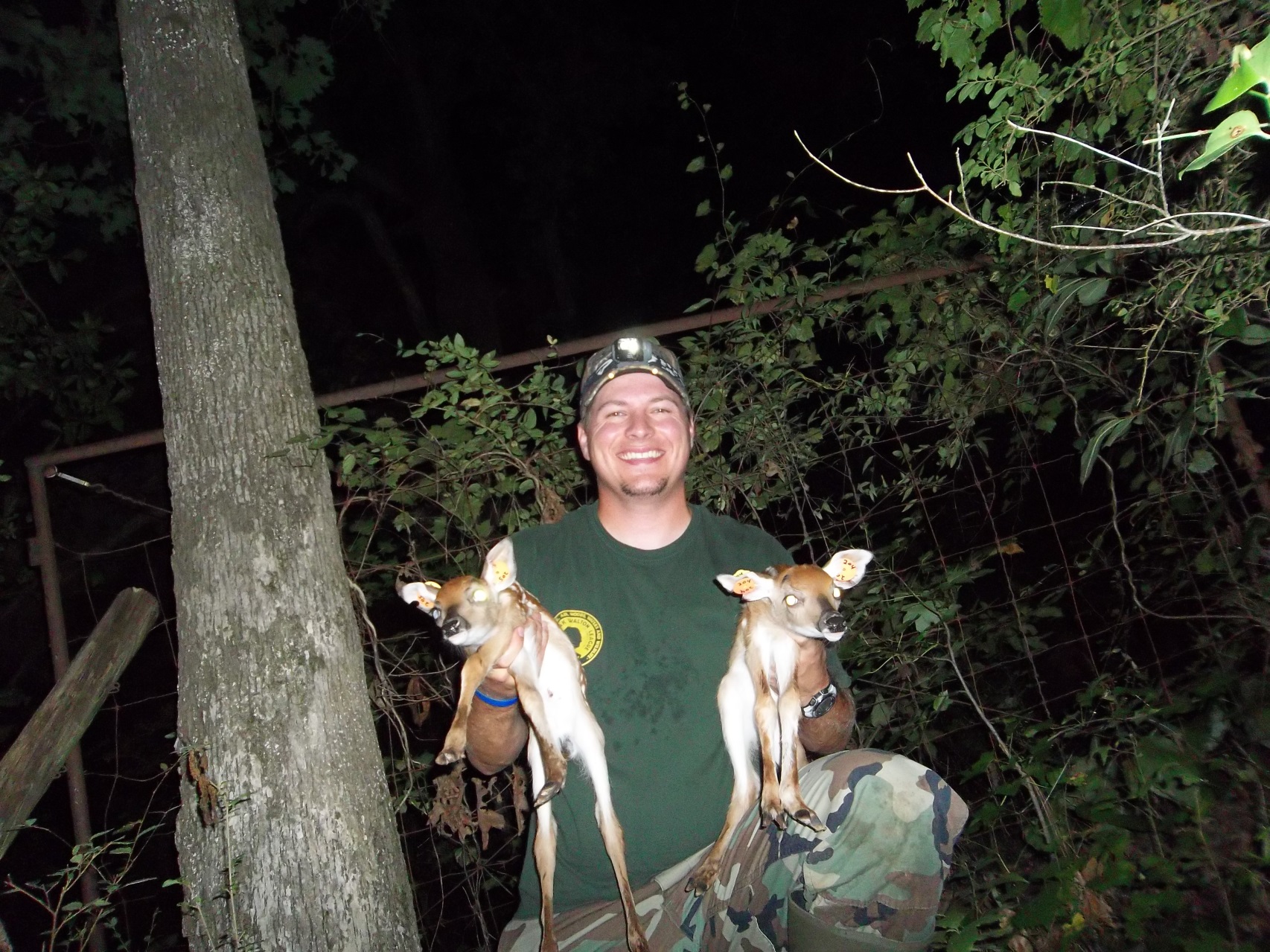
This set of twin buck fawns was born at 3 AM the morning of August 15th when I should have been sleeping. Does can give birth at any time, but the majority of the fawns we captured where born during nighttime.
Over the course of 7 years, myself and other grad students collected DNA samples from 224 individuals. From that sample, we were able to build a pedigree and identify both the parents for 87 litters of fawns. When looking at the age of individuals that were successful breeders, we noticed that bucks of all ages were breeding. Even 6 month old bucks (last year’s fawns) were able to successfully breed on 3 separate occasions within our study site.

This figure shows the age of 87 different mated pairs of white-tailed deer. It illustrates that age is not a very important factor when a doe is deciding which buck to mate with. She basically will breed with whatever buck is close to her when she reaches the peak of estrous. It is up to the bucks to fight over the right to breed or to be in the right place at the right time when no fight is necessary. The problem for any old, dominant buck is that they have to spend several days with a single doe, which means the other does that go into estrous in that time will be bred by different bucks.
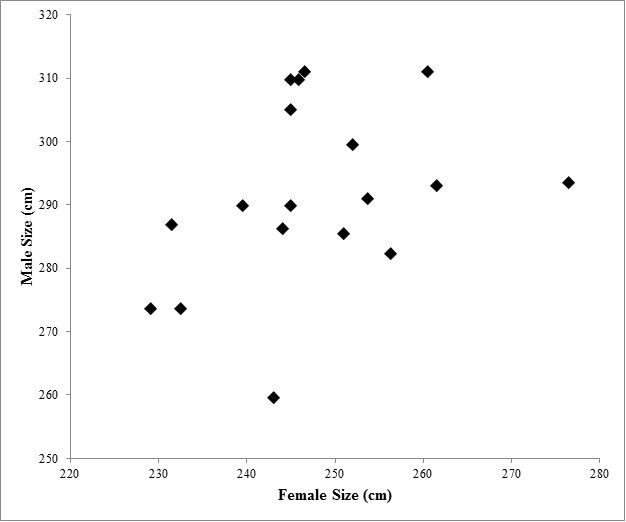
Here is another graph that shows bucks of all sizes will breed. Small bodied bucks bred with large bodied does and vice versa. The take home point is that whatever bucks are present in the population during the breeding season is a representation of what will actually breed. The idea that one old dominant buck will do all the breeding is a myth. An old mature buck will not monopolize breeding, and a small young buck will still have a decent chance of breeding. More proof that bucks will not monopolize breeding is the fact that about 30 % of twin fawns in our study had different fathers, meaning that doe bred multiple bucks.
This just adds to the point that we, as managers, cannot look at a buck and tell if he will be a breeder or not. This isn’t a bad thing though, as we can’t control the genetics of a free ranging herd anyways. Whatever genetics are present on the landscape will not be altered by removing one individual buck, as even the best breeder bucks only father around 7 fawns in one year.
Your Cart
Categories
- Attractants 26
- CWD 1
- Deer Management 60
- EHD 2
- Food Plots 15
- Hunting 85
- Land Management 17
- Minerals 26
- Shed Hunting 3
- Supplements 35
- Turkey Hunting 6
Browse Tags
Products
-
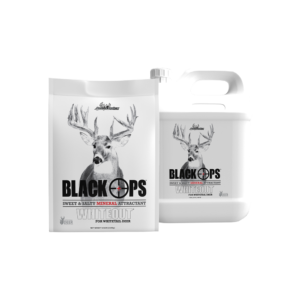 Whiteout Frenzy
$103.90
Whiteout Frenzy
$103.90 -
-
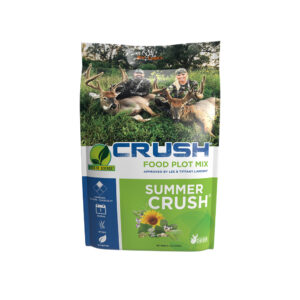 Summer CRUSH
$39.99 – $129.99
Summer CRUSH
$39.99 – $129.99 -
-
 Ani-Shield Base Mix
$59.99
Ani-Shield Base Mix
$59.99 -
-
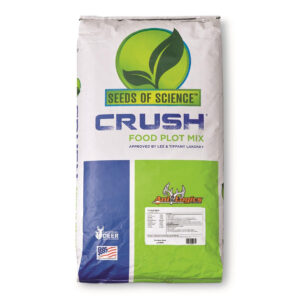 CRUSH Pro Bean Blend
$139.99
CRUSH Pro Bean Blend
$139.99 -



